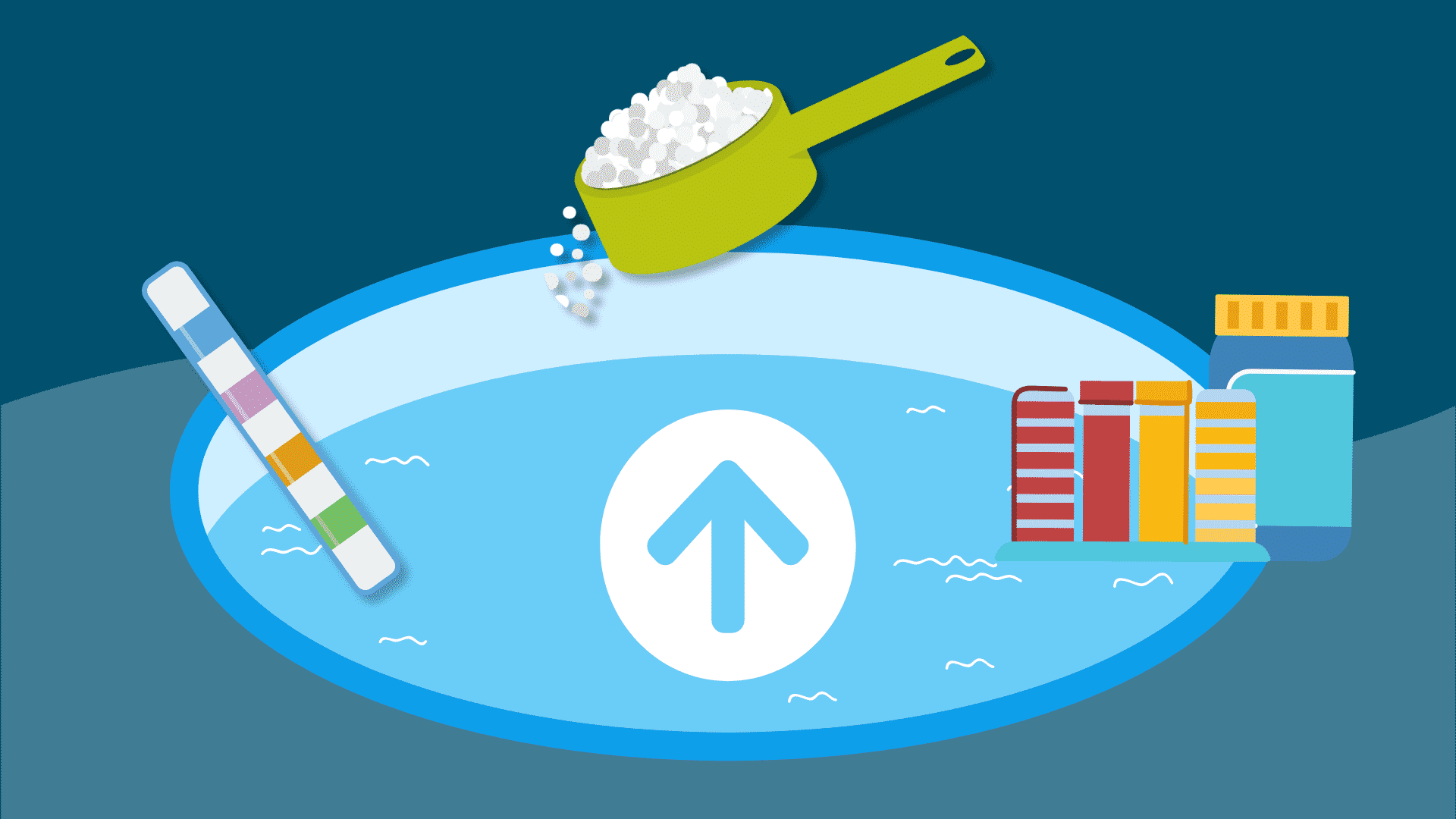Having the right pH level in your pool is crucial for a clean and safe swimming environment. If your pool pH is too low, it can cause skin and eye irritation, while a high pH can lead to cloudy water and scaling. In this guide, we’ll show you how to increase pool pH effectively and enjoy a perfect swim every time.

Credit: m.youtube.com
Importance of Pool pH Level
The pH level of your pool water determines its acidity or alkalinity. The ideal pH range for a pool is between 7.4 and 7.6. When the pH strays outside this range, it can impact the effectiveness of your pool chemicals and the comfort of swimmers. A proper pH balance also helps prevent corrosion of pool equipment and fixtures.
How to Test Your Pool pH
Before you can increase the pH of your pool, you need to know its current levels. Test kits are readily available at pool supply stores and are easy to use. Simply collect a water sample and follow the instructions on the kit to determine the pH level of your pool.

Credit: www.swimuniversity.com
Methods to Increase Pool pH
Once you’ve tested your pool water and found the pH to be too low, it’s time to increase it. There are several methods you can use to raise the pH of your pool water effectively:
1. Use Ph Increaser
– Purchase a pH increaser product from a pool supply store.
– Follow the manufacturer’s instructions for the correct dosage.
– Spread the pH increaser around the pool perimeter for even distribution.
2. Baking Soda
For a natural approach, you can use baking soda to increase the pH of your pool. Baking soda is a safe and effective way to raise pH levels without harsh chemicals.
3. Airculating The Water
Circulating the water in your pool can help distribute the pH increaser evenly and facilitate quicker pH adjustment.
4. Monitor Ph Regularly
To maintain the ideal pH level in your pool, test the water regularly and make adjustments as needed. Consistent monitoring will help prevent pH imbalances in the future.
Precautions When Increasing Pool pH
While increasing the pH of your pool, it’s important to keep a few precautions in mind:
- Wear protective gloves and eyewear when handling pH increaser chemicals.
- Avoid adding large amounts of pH increaser at once to prevent sudden pH spikes.
- Allow the pH increaser to dissolve completely before swimming in the pool.
Conclusion
Ensuring the proper pH level in your pool is essential for maintaining a clean and safe swimming environment. By following the steps outlined in this guide, you can effectively increase the pH of your pool and enjoy crystal-clear water every time you dive in. Remember to test your pool pH regularly and make adjustments as needed to keep your pool in top condition for a perfect swim experience.




